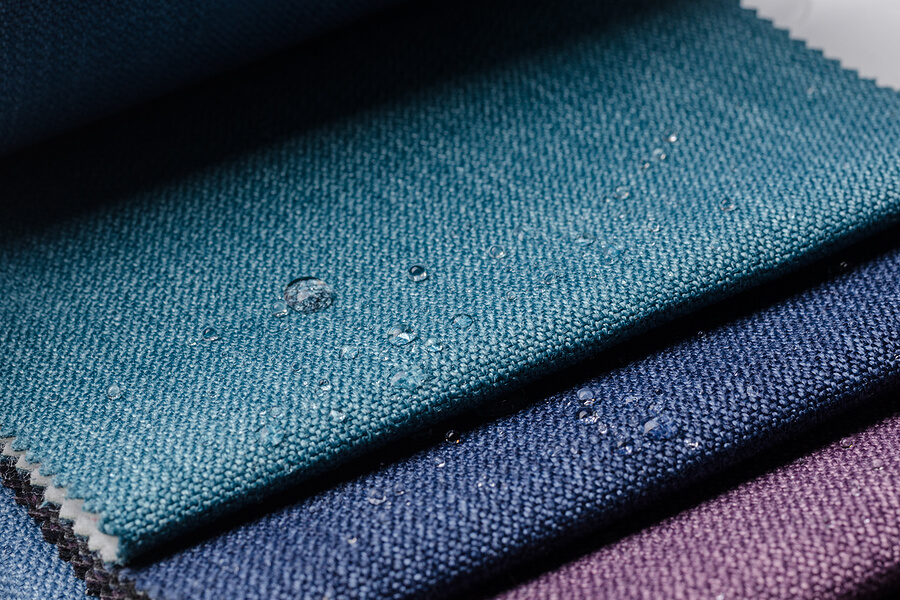Canvas fabric is also called cotton duck fabric. It is a cotton-based, rugged fabric that is manufactured in a twill or plain weave and has a wide range of different uses due to its sturdiness and durability. Canvas is graded depending on the weight and attributed to modern denim.
Canvas is mostly preferred due to its waterproof ability. Check out canvas fabric from reputable companies for quality outdoor canvas waterproof fabric. Originally, the canvas was used as a painting medium and a sailcloth material, though right now it has made its way to other industry applications.

Canvas Technical Specifications
As stated, it is usually woven in a plain or twill weave pattern that is simple, thick, and very durable. The thread count of a lot of canvas fabrics is low because of the thickness of the yarn.
A higher thread count always amounts to a durable texture, while a lower thread count amounts to a softer texture, although most thread counts range between 50 and 100.
Cotton is the most current popular canvas material; however, it is possible to create a canvas with linen or hemp fabric. Canvas is naturally waterproof. The most common features of industrial canvas are its contemporary forms and water resistance, as well as a PVC coating.
How is Canvas Fabric Made?
This process produces different designs depending on the purpose of the fabric. Canvas fabric used for painting undergoes an additional post-production process. Regardless of the fact that manufacturers are able to create canvas from linen, hemp, or cotton, they all have similar attributes. The manufacturing processes do not change the canvas.
1. Yarn Production
Canvas combines unusually thick yarn; nonetheless, it’s not necessary for the yarn to become very soft. For such reasons, most textile workers use the rough fibrous parts of the linen, cotton, and hemp plants to create canvas yarns. Instead of combing, it is carded since its softness is not relevant.
2. Weaving
Canvas is a plain-weave brick, meaning it has weft threads that substitute under warp threads. Some canvas fabrics have nearer weaves than others, though every kind of canvas that has weaves offer an opaque fabric.
3. Finishes
A layer of PVC is mostly applied to a wooden canvas fabric which is going to be used in industrial applications. Adding PVC is not a must since other natural forms exist without PVC.
If the canvas fabric is intended for painting, the manufacturer bleaches the finished product, though if it is not used for unbleached places, it might be dyed.
4. Painting Canvas
Canvas is usually spread on a wooden frame before the application of gesso, especially if it is used for painting. It helps ensure the canvas creates a flat painting surface or a perfectly taut painting. Experts ensure the weft and the warp threads form a complete grid.
Uses of Canvas Fabric
Canvas fabric is mainly produced for sailboats since a lot of modern sailors change their sails using synthetic alternatives. Nonetheless, canvas sails are not popular, so canvas fabric is mainly produced for painting purposes.
Outdoor canvas fabric has also become popular in the world. It can be used to make canvas tents. They are great materials for camping tents and cannot be compared to synthetic alternatives.
Canvas is basically used to create work garments and outdoor gear in the apparel industry. In regions that experience harsh winter seasons, the most popular brands that make winter jackets use canvas fabric on the outer layer.
Canvas fabric is also used generally to create handbags and high-top sneakers, most of them being waterproof. Besides, canvas fabric is waterproof, sturdy, retains its color, and has a minimal repair. Get started today by getting your amazing canvas fabric and designing it for the best results.


